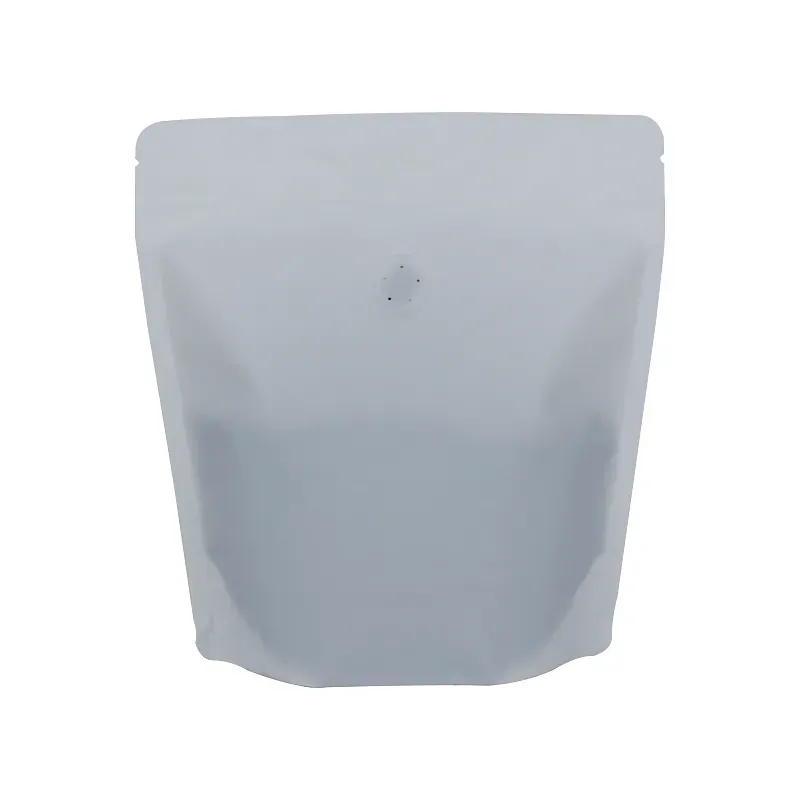mm conversion chart
Understanding the MM to Other Measurement Conversions A Comprehensive Guide
When it comes to the world of measurements, particularly in fields like engineering, construction, and manufacturing, accuracy is paramount. One of the most frequently encountered units of measurement is millimeters (mm). To effectively communicate dimensions or specifications, professionals often need to convert millimeters to other units such as centimeters (cm), inches (in), and meters (m). This article will provide a detailed overview of the mm to other measurement conversions and why having a reliable mm to conversion chart is essential.
The Importance of Millimeters
Millimeters are a metric unit of length that is widely used due to its simplicity and ease of conversion between other metric units. The metric system, being decimal-based, allows for straightforward calculations which is particularly beneficial in professional and scientific contexts. In industries such as construction, automotive, and aerospace, precision is critical. A small measurement error can lead to significant flaws in products or structures. Therefore, effectively converting these measurements is key.
Millimeter Conversions
To appreciate the scale of millimeters in relation to other units, here are some fundamental conversions
1. Millimeters to Centimeters - 1 mm = 0.1 cm - To convert mm to cm, divide the millimeter value by 10. For example, 50 mm = 50 / 10 = 5 cm.
2. Millimeters to Meters - 1 mm = 0.001 m - To convert mm to m, divide the millimeter value by 1000. Thus, 500 mm = 500 / 1000 = 0.5 m.
3. Millimeters to Inches - 1 mm = 0.0393701 in - To convert mm to inches, multiply the millimeter value by 0.0393701. For instance, 100 mm = 100 × 0.0393701 ≈ 3.93701 in.
4. Millimeters to Feet - 1 mm = 0.00328084 ft - To convert mm to feet, multiply by 0.00328084. Therefore, 1000 mm = 1000 × 0.00328084 ≈ 3.28084 ft.
mm conversion chart

These conversions form the foundation of many calculations across different fields, ensuring that measurements are accurately conveyed.
Utilizing Conversion Charts
Having a conversion chart at hand can be a game-changer for professionals who frequently deal with dimensional specifications. These charts not only save time but also reduce the chances of errors that can occur during manual calculations. A well-structured mm conversion chart can provide quick reference points for converting millimeters to various other units seamlessly.
For example, when an engineer needs to determine if a part designed in millimeters fits within an assembly designed in inches, a quick glance at a conversion chart can facilitate fast and accurate conversions, ensuring that no time or resources are wasted.
Real-World Applications
In practical terms, such conversions are used everywhere. Whether architects are drafting blueprints, manufacturers are producing components, or students are learning measurement standards, understanding mm conversions and having access to a reliable conversion chart is critical.
Moreover, digital technologies have advanced this accessibility. Many apps and online tools provide instant conversions, allowing users to input millimeters and receive instant results in their desired unit of measurement. Embracing these tools can provide a competitive edge, particularly in fast-paced environments.
Conclusion
In summary, millimeters play a significant role across various industries, and understanding how to convert this unit to other measurements is essential. A comprehensive mm to conversion chart serves as a vital tool in ensuring accuracy and efficiency in measurements. Whether in academia, engineering, or trade, mastering these conversions lays the groundwork for precise work and successful outcomes. As the adage goes, “Measure twice, cut once.” With the right conversions, you can ensure precision every time.













